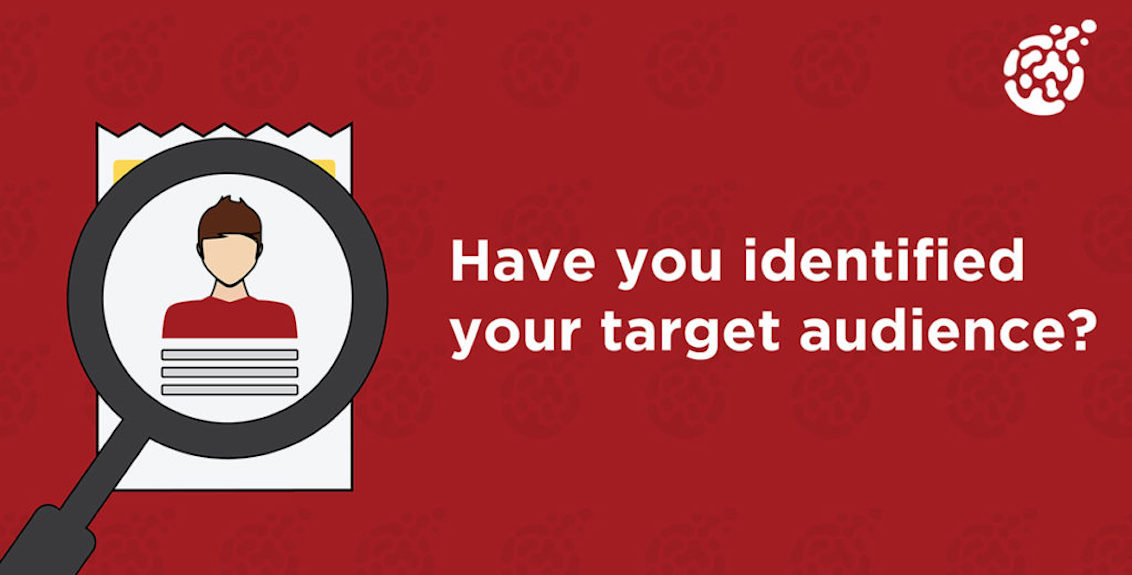As a marketer, your dream is obviously everyone knows and uses your product. However, this is almost impossible to achieve because different segment also has different needs that can’t be fulfilled by one brand only. If you insist in reaching everybody, you would only waste your time, energy, and budget. It is better to allocate your resource into a specific segment of audience that is suitable for the characteristic of your brand. With this priority, your marketing strategy will be more concentrated and the future ROI will be more beneficial.
Therefore, the targeted group has to be considered in a very careful manner. Your next step will essentially depend on this target market, and so is the success rate of your marketing strategy. Now before you decide which audience group you would approach, there are several focal points that you need to consider. What are they?
- Begin with a hypothetical profile of the segment you want to reach that consists of their detailed background, such as the demographic information. This kind of data might seem too general, but from here you can go further to analyze their needs and consumption pattern. Add another supporting details: occupation, education level, monthly income and outcome, et cetera. Write this list down so you can get a clear image of the potential customers.

- Recognize the needs of the target audience and what kind of issues relevant to your brand they might be facing. You can get the data from your existing consumers. What problem did they have that made them search for a specific product? What made them finally choose your brand and purchase your product? There are many background possibilities, but if you have enough data you will see the pattern.
- Find out what media they use when looking for information. By knowing this, you can choose which platform will be the best place to convey your message to your target audience.
- Remember that it is always about the audience, not you. What can your brand give to your audience? Instead of focusing on your superiority to the competitors, it is better to put your attention on what benefit you can give to your potential market. This step can help you to put yourself in their shoes and understand what motivates them to choose a certain brand.
Those are what you need to concentrate on to define the right target audience for your brand. If you have built a solid audience profile, make sure that every marketing step you take aims to approach this segment. When you are developing the marketing plan, underline this question: is your the target audience going to be attracted by your strategy?




